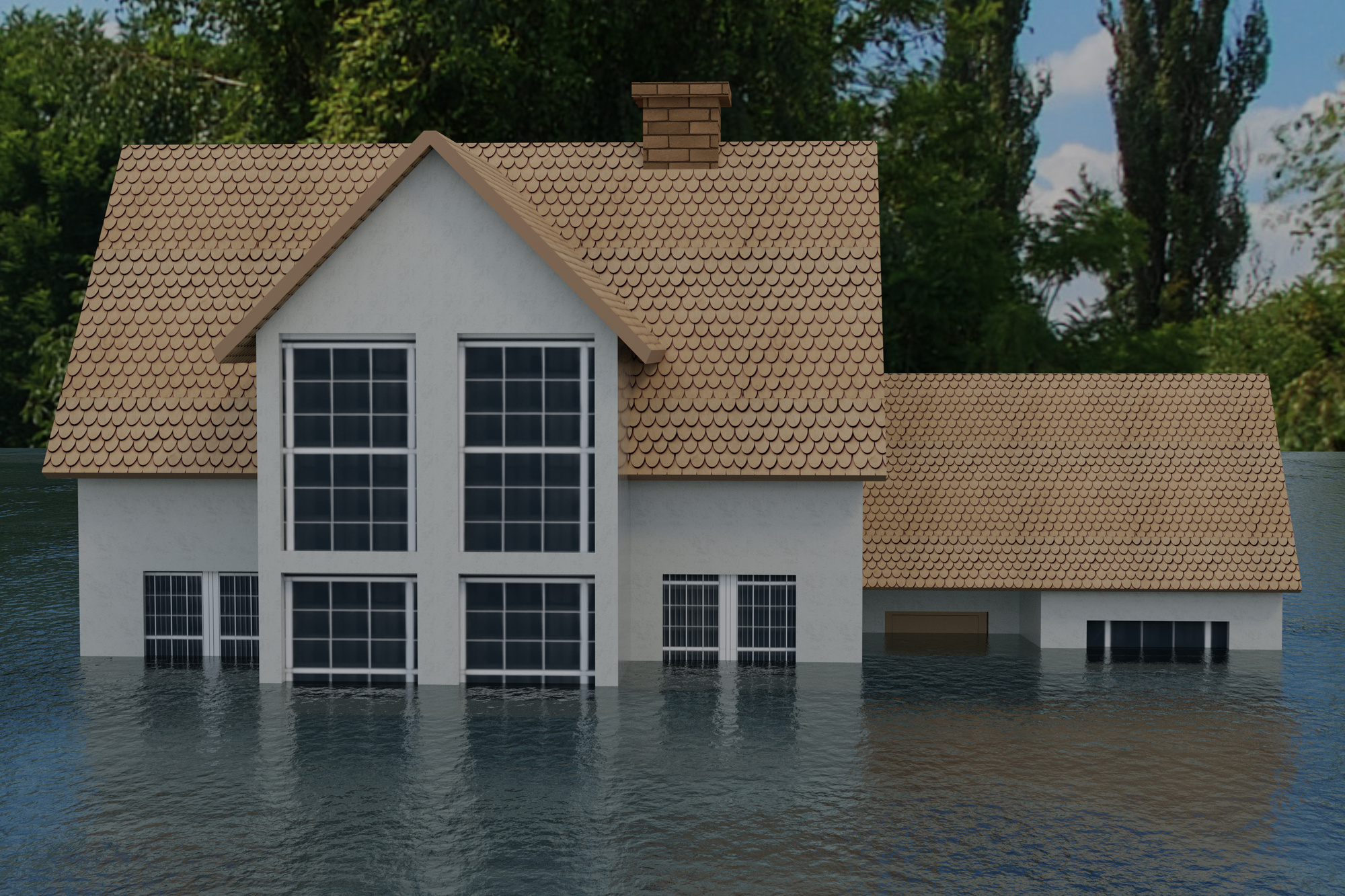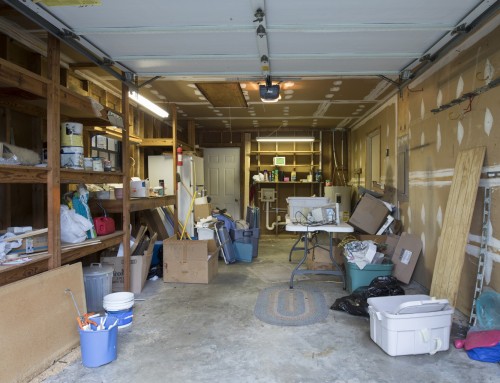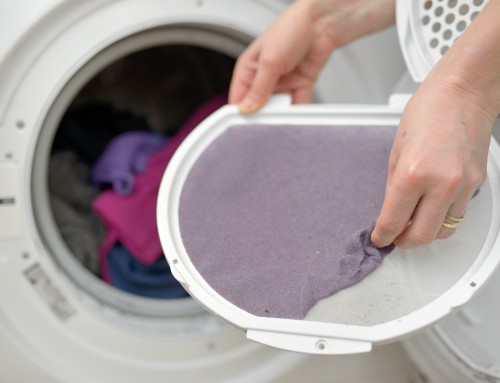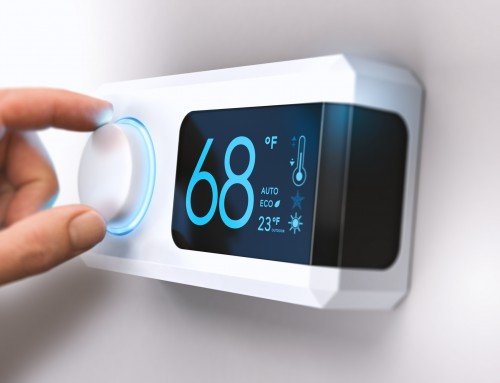Water damage makes up nearly half of all home insurance claims. In fact, it costs the industry $2.5 billion dollars per year!
Some of the most common causes include leaking pipes, faulty household appliances, clogged gutters, and sewage backups. Left untreated, it can lead to mold, electrical fires, and various other issues.
Did you recently experience something like that? Want to know how to clean up a flooded basement? If so, you’re on the right page.
We’ll be going over everything that you need to do below. Keep reading for a step-by-step guide!
Common Causes of Basement Flooding
Various things can cause your basement to flood. For example, the tiles and foundation might not have been sealed properly when the home was being built.
Clogged gutters can also lead to flooding. That’s why it’s so important to keep them free of debris such as leaves and twigs.
How to Clean Up a Flooded Basement: A Step by Step Guide
The sooner you deal with the problem the better. Also, don’t forget to call your insurance provider to file a claim if you have flood insurance. For more information on that, visit www.betterflood.com.
1. Protect Yourself
First things first, you want to protect yourself and that includes turning off the power. The last thing that you want is to mix water with electricity!
Make sure to wear waterproof boots, rubber gloves, and long sleeves during the cleanup. Consider wearing a face mask if mold is present.
2. Remove the Water
Use a sump pump or wet and dry vacuum to remove the water (the former is better if you’re dealing with large amounts of water).
Once you’ve removed the standing water, place a few large fans in the area; that will help speed up the drying process. It’s also a good idea to use a dehumidifier—it’ll help remove the excess moisture so that you won’t have to worry about mold growth.
3. Remove All Wet Furniture and Belongings
All wet items should be moved out of the basement and into a well-ventilated area where they can dry. Depending on the damage, you may also have to remove your drywall and insulation.
The same thing goes for any carpeting—it can prevent the floor underneath from drying properly.
4. Clean Your Walls and Floor
Once the area is dry, wipe the walls and floor with water and detergent; there shouldn’t be any dirt left behind. In some cases, you might also want to hire a mold inspection specialist.
Cleaning a Flooded Basement
And there we have it—a step by step guide on how to clean up a flooded basement. If anything, the most important thing is to clean up as soon as possible! You don’t want to wait around when it comes to water damage.
Was this article helpful? For more tips like this, check out the rest of our site!











